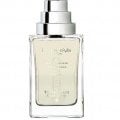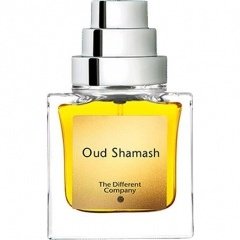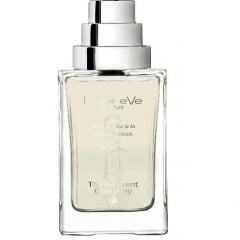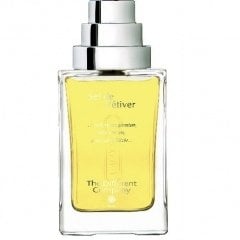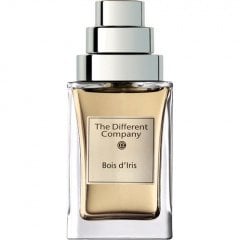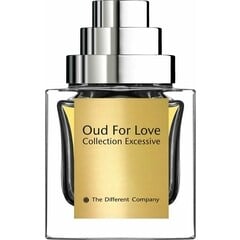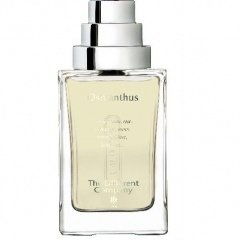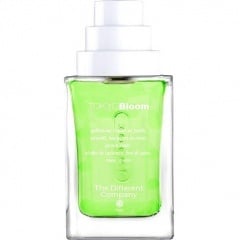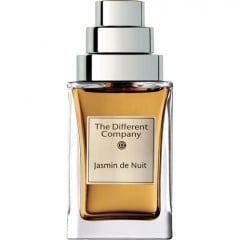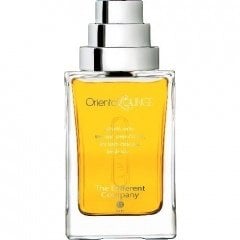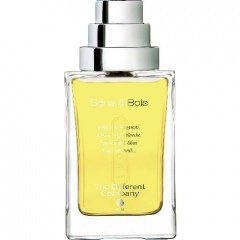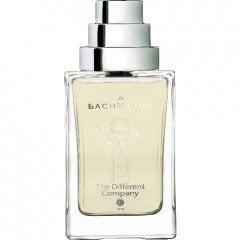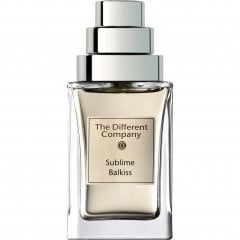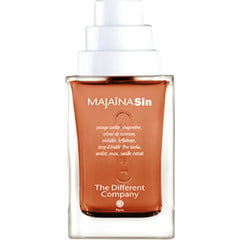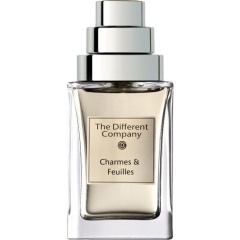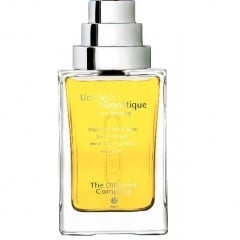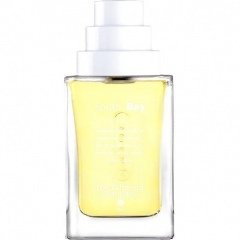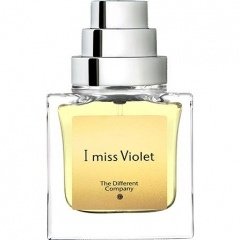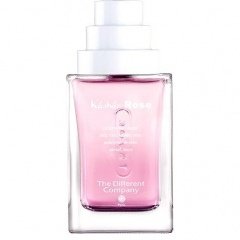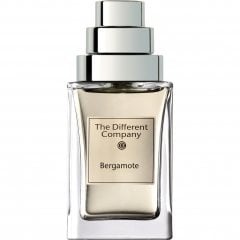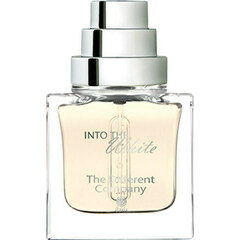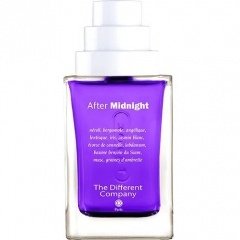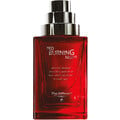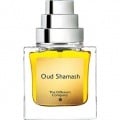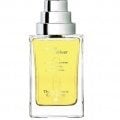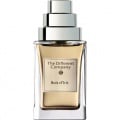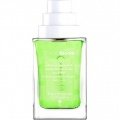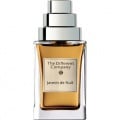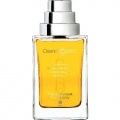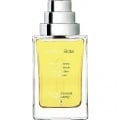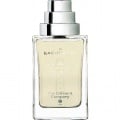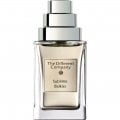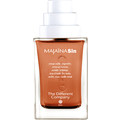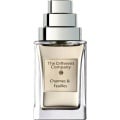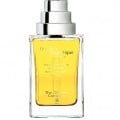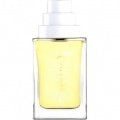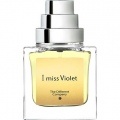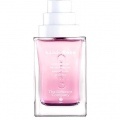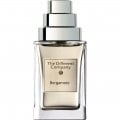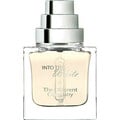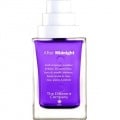The Different Company
 France Pronunciation
France PronunciationPerfumers & Creative Guidance
Perfumes launched per year
Often used fragrance notes
Parfumo knows 32 perfumes of this brand.
Perfumes of this brand have been rated 7.3 of 10 on average. 4215 perfume ratings have been submitted so far.
Interesting Facts
The founding of The Different Company can be traced back to the genesis of Bvlgari's "Eau Parfumée au Thé Vert" - or even to that of Dior's "Fahrenheit."
In the late 1980s, Jean-Claude Ellena discovered that when the jasmine-scented synthetic hedion was combined with the violet fragrance alpha-jonon, the scent of tea could be recreated. He submitted a perfume with this new scent and won the bid to Dior's "Fahrenheit." A short time later, however, Dior revised its decision on the grounds that the market success of such an unusual perfume was too uncertain. Jean-Louis Sieuzac and Michael Almairac were commissioned to create another fragrance.
Ellena now presented his "tea fragrance" to other houses, but they also rejected this concept as "too creative" for them. It was only after a few years that Bvlgari was interested in Ellena's tea perfume - but primarily as a room fragrance for its boutiques. Due to high demand from clientele, it was launched on a larger scale as an eau de cologne and became the forerunner of numerous other tea fragrances.
It was through working on this fragrance that Ellena met Thierry de Baschmakoff, who created the accompanying bottle. He was a lateral entrant in flacon design and "Eau Parfumée au Thé Vert" was his first major commission. Ellena and Baschmakoff became friends and they decided to create their own perfume house. The success of Bvlgari's "Tea Fragrance" showed them that there was a market for new, original perfumes, albeit outside the established houses.
The concept of this new brand lay in its emphatic differentiation from existing perfume companies, hence the name "The Different Company." According to its own statement, expensive natural raw materials (e.g. in "Bois d'Iris", "Jasmin de Nuit" and the oud scents of the "Collection Excessive") are also used to make copying more difficult. Thierry de Baschmakoff designed the bottle.
Jean-Claude Ellena was solely responsible for the contents of the bottles at the beginning and, as perfumer of a small brand, was able to develop fragrances that did not have to conform to any current market trends. After his move to Hermès, his daughter Céline followed him as in-house perfumer. Other perfumers are responsible for series outside the main line, such as Betrand Duchaufour for the "Collection Excessive" and Emilie Bevierre-Coppermann for the "L'Esprit de Cologne" series.
In the late 1980s, Jean-Claude Ellena discovered that when the jasmine-scented synthetic hedion was combined with the violet fragrance alpha-jonon, the scent of tea could be recreated. He submitted a perfume with this new scent and won the bid to Dior's "Fahrenheit." A short time later, however, Dior revised its decision on the grounds that the market success of such an unusual perfume was too uncertain. Jean-Louis Sieuzac and Michael Almairac were commissioned to create another fragrance.
Ellena now presented his "tea fragrance" to other houses, but they also rejected this concept as "too creative" for them. It was only after a few years that Bvlgari was interested in Ellena's tea perfume - but primarily as a room fragrance for its boutiques. Due to high demand from clientele, it was launched on a larger scale as an eau de cologne and became the forerunner of numerous other tea fragrances.
It was through working on this fragrance that Ellena met Thierry de Baschmakoff, who created the accompanying bottle. He was a lateral entrant in flacon design and "Eau Parfumée au Thé Vert" was his first major commission. Ellena and Baschmakoff became friends and they decided to create their own perfume house. The success of Bvlgari's "Tea Fragrance" showed them that there was a market for new, original perfumes, albeit outside the established houses.
The concept of this new brand lay in its emphatic differentiation from existing perfume companies, hence the name "The Different Company." According to its own statement, expensive natural raw materials (e.g. in "Bois d'Iris", "Jasmin de Nuit" and the oud scents of the "Collection Excessive") are also used to make copying more difficult. Thierry de Baschmakoff designed the bottle.
Jean-Claude Ellena was solely responsible for the contents of the bottles at the beginning and, as perfumer of a small brand, was able to develop fragrances that did not have to conform to any current market trends. After his move to Hermès, his daughter Céline followed him as in-house perfumer. Other perfumers are responsible for series outside the main line, such as Betrand Duchaufour for the "Collection Excessive" and Emilie Bevierre-Coppermann for the "L'Esprit de Cologne" series.
Content by
 Ronin
Ronin
 Ronin
Ronin

 Bossowa
Bossowa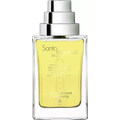
 DogiCoco
DogiCoco